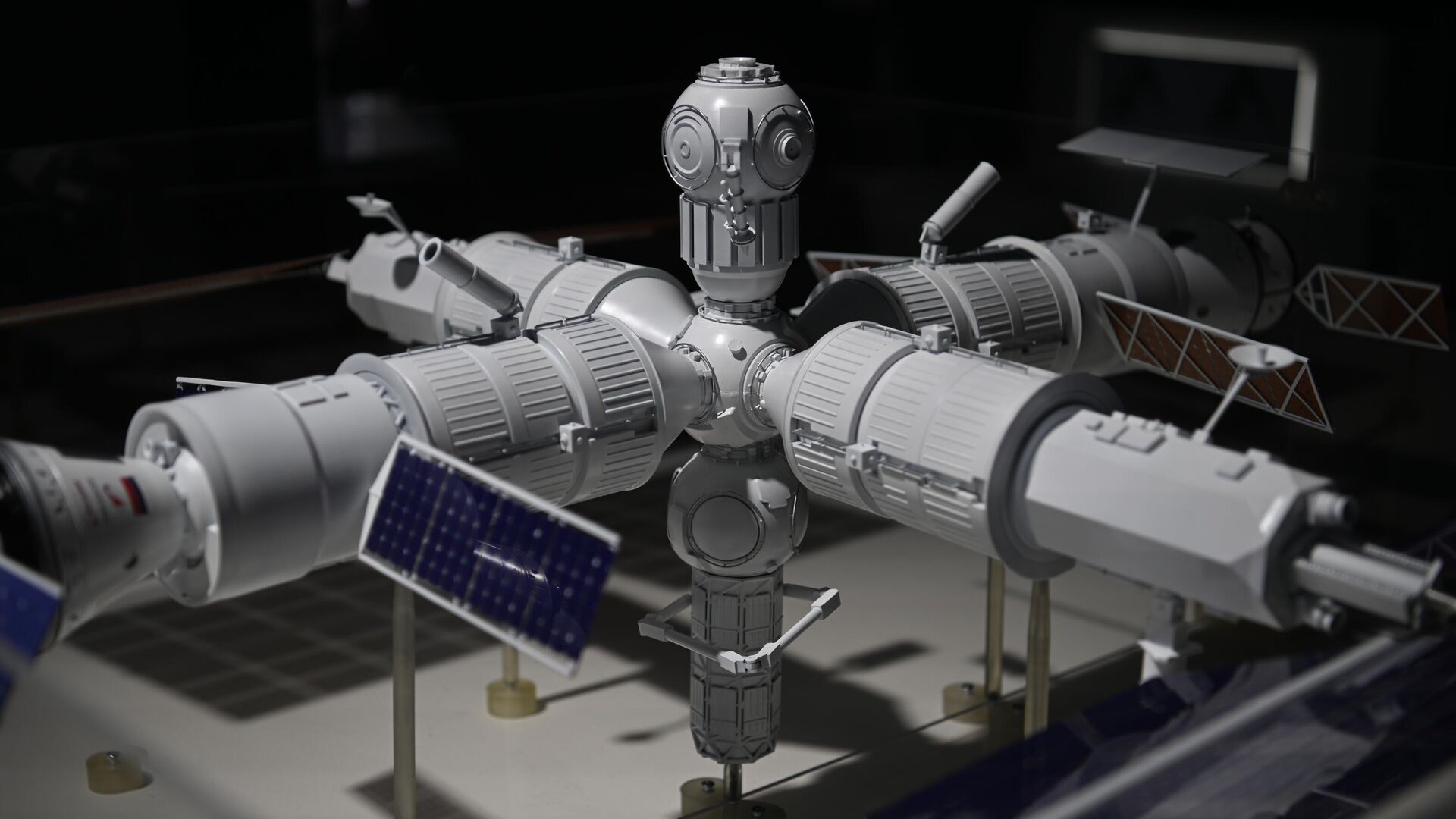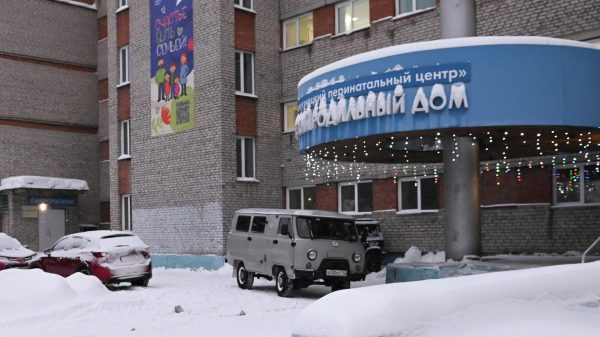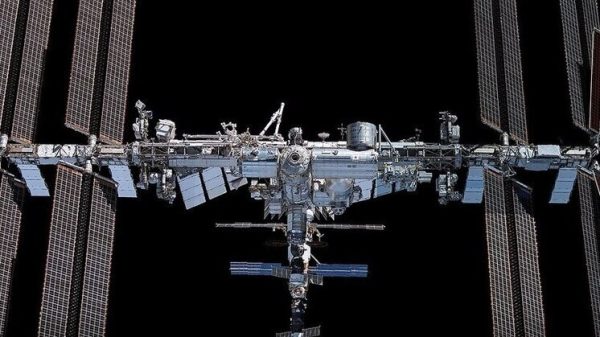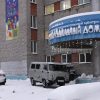
MOSCOW, December 25 The developers of the new Russian Orbital Station (ROS) will make its central module — the “core” — is as simple as possible so that the segments docked to it can be changed, but there is no need to update the “core” itself, the press service of the Rocket and Space Corporation (RSC) Energia reported.
Earlier, the general designer for manned systems and complexes of Russia, general designer — deputy general director of Energia, Vladimir Solovyov, said that the developers are designing a new station with an expectation of its operating life of 50 years. Later, the corporation said that during this time three generations of station modules could change.
«When designing the node module — the «core» of the ROS — to increase the designated service life, appropriate circuit design solutions were used, including simplicity of design, minimization number of service systems and ensuring maximum maintainability,” the agency’s source said.
Answering the question of how often the “core” of the station will have to be changed, he clarified that it is premature to talk about this now, because making such a decision depends on “a set of factors that arise in the process of the intended use of the station.”
It is assumed that the POS will be based on a module — a “core”, to which all other modules will be docked, which will make it possible to replace them. The station, as conceived by the developers, will allow the development of key technologies necessary for flight to other planets, primarily to Mars.
As Roscosmos General Director Yuri Borisov reported, Russian President Vladimir Putin approved the creation of ROS, and active work on it will begin in 2024. The head of the state corporation estimated its cost at 609 billion rubles, 150 of which will be needed in 2024-2026. The launch of the first module of the station is planned for 2027, the rest — within another five years.


























































Свежие комментарии